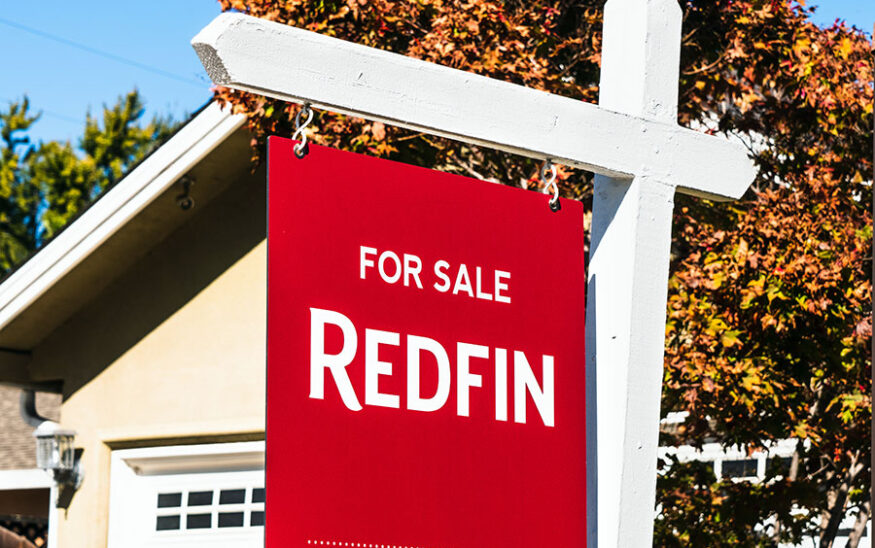Back to school, back to buying? How fall affects Northern Virginia homebuyers

AdobeStock

AdobeStock
Back to school, back to buying? How fall affects Northern Virginia homebuyers

As the school year begins in Northern Virginia, many might assume the housing market cools as quickly as the morning air. While spring often grabs the spotlight as the busiest buying season, fall in our region has its own rhythm — shaped by shifting priorities, changing inventory, and unique economic forces.
Spring and Summer 2025: Setting the Stage
Northern Virginia’s housing market gained momentum this spring, with 1,584 closed sales in April at a median price of $779,000 and 1,764 in May at $789,500. Active listings rose from 2,508 to 2,636, while homes sold quickly, averaging 14 days in April and 15 in May. These trends highlight steady demand and buyer resilience, even as higher borrowing costs shaped the market.
During the summer, Northern Virginia’s market held firm with 1,847 closed sales in June at a median price of $770,000 and 1,612 in July at $760,073. Homes were on the market longer, averaging 20 days in both months, while active listings rose slightly from 2,512 to 2,530. These figures reflect the region’s typical summer rhythm: a slight seasonal slowdown as many households shift focus to travel and school breaks, yet a market that remains competitive due to limited supply and strong demand.
Together, these spring and summer trends point to a market normalizing rather than slowing. Inventory levels are gradually improving, days on market are extending modestly, and prices have leveled off after years of steep increases. Instead of sharp swings, Northern Virginia is settling into a more balanced pattern — one that provides buyers with breathing room while still delivering steady results for sellers.
NVAR tracks these changes using Bright MLS housing data, which provides the foundation for analyzing regional trends. To fully understand these shifts, we partner with George Mason University’s Center for Regional Analysis to study how housing activity connects to broader economic forces. This collaboration allows us to pair market data with insights on job growth, commuting trends, and demographic shifts. The research reinforces what we’re seeing: a market adjusting into a more sustainable environment.
Federal Workforce Factor
One unique driver in Northern Virginia is the federal workforce. In 2025, a mix of return-to-office mandates and agency restructuring has already begun to shape housing dynamics. As more employees transition from remote to hybrid schedules, demand is shifting toward Metro-accessible neighborhoods and shorter-commute corridors. At the same time, workforce reductions and job changes are contributing to the surge in listings, with more long-time owners deciding — or being forced — to sell. This dual effect has added to rising inventory, signaling the market is not weakening but normalizing, as increased supply provides buyers with more options while steady demand supports pricing.
Looking Back at Fall 2024
Last year, fall brought a natural seasonal adjustment following a busy summer. Between September and November 2024, the average number of closed sales declined to 1,243 — about 20% lower than the summer average of 1,559. This shift reflected typical patterns as some buyers paused their search while economic and mortgage conditions evolved.
Fall 2025 Outlook
Following the patterns of 2024, fall in Northern Virginia is likely to reflect a seasonal adjustment. Buyers and sellers may see a modest slowdown compared with the summer months as some households pause their search or wait to list. That said, the market remains balanced: inventory levels are higher than in previous years, and demand continues to support pricing.
Sellers who list in September and October can still attract motivated buyers looking to move before the holidays, while buyers may find a wider selection of homes, allowing more measured decisions. How strongly activity rebounds will depend on broader conditions, including mortgage rates, employment stability, and new listings.
In Northern Virginia, fall is not just a transition from summer — it’s a time for buyers and sellers to plan carefully and take advantage of a market adjusting into a more sustainable environment.
Ryan McLaughlin is the CEO of the Northern Virginia Association of Realtors (NVAR), one of the largest regional Realtor associations in the U.S., with 13,000 members. He has led NVAR since 2015, overseeing its 32-person staff and the association’s Realtor school and store.
l
















